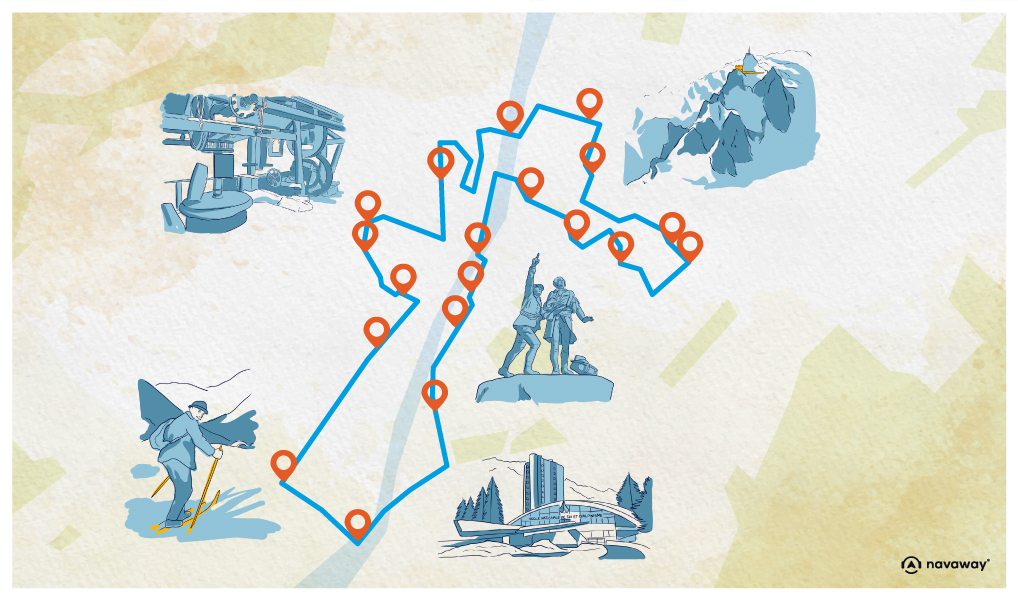
The Arve river and its mills
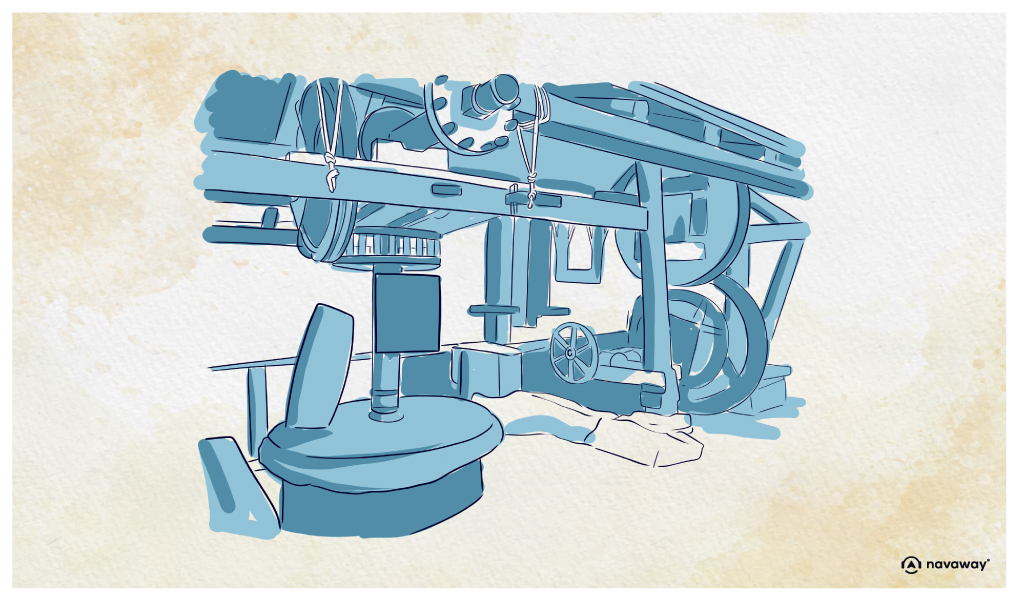
This point of interest is available as audio on the tour: Visit Chamonix, Where Earth Touches Sky
You’re walking along Rue des Moulins – Mill Street – whose history is closely tied to the Arve, the powerful river that flows through Chamonix. As you may imagine, mountain villages learned very early how to harness the power of water rushing down in torrents and waterfalls from the surrounding glaciers. From the Middle Ages onward, numerous mills used the river’s driving force to grind grain and produce flour, or even to saw wood. The water turned a wheel that set the entire mill mechanism in motion – mainly during high water periods, when the snow was melting. Some sawmills, in fact, could only operate part of the year. These mills were a key element of Chamonix’s economy. Among them was the fulling mill, used to beat and compress wool to make it denser, warmer, and more waterproof. A precious know-how in mountain valleys where you absolutely had to protect yourself from winter cold! Today, these mills have disappeared, but the Arve continues to power several hydroelectric plants, including the one in Passy – one of the oldest in Haute-Savoie.
Put into service in the 1950s, it’s now the most powerful in the department and produces, on average, the equivalent of what 156,000 residents consume – that’s about three times the electricity use of a mid-sized French city. Techniques evolve, but the river remains a major asset in the valley, playing an essential role in renewable energy production in the region.


Discover Chamonix with app
An interactive guide through the most beautiful streets, squares, and districts
22 fun audioguides full of historical facts, anecdotes, and legends
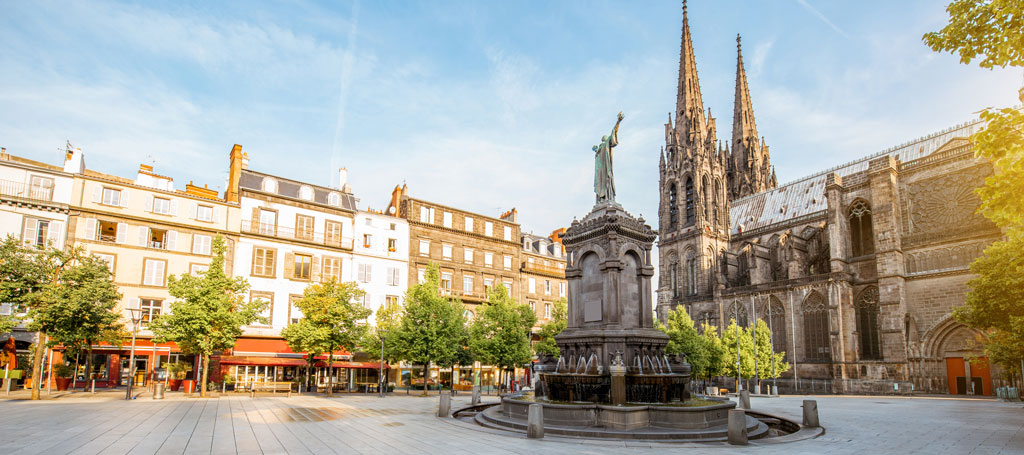
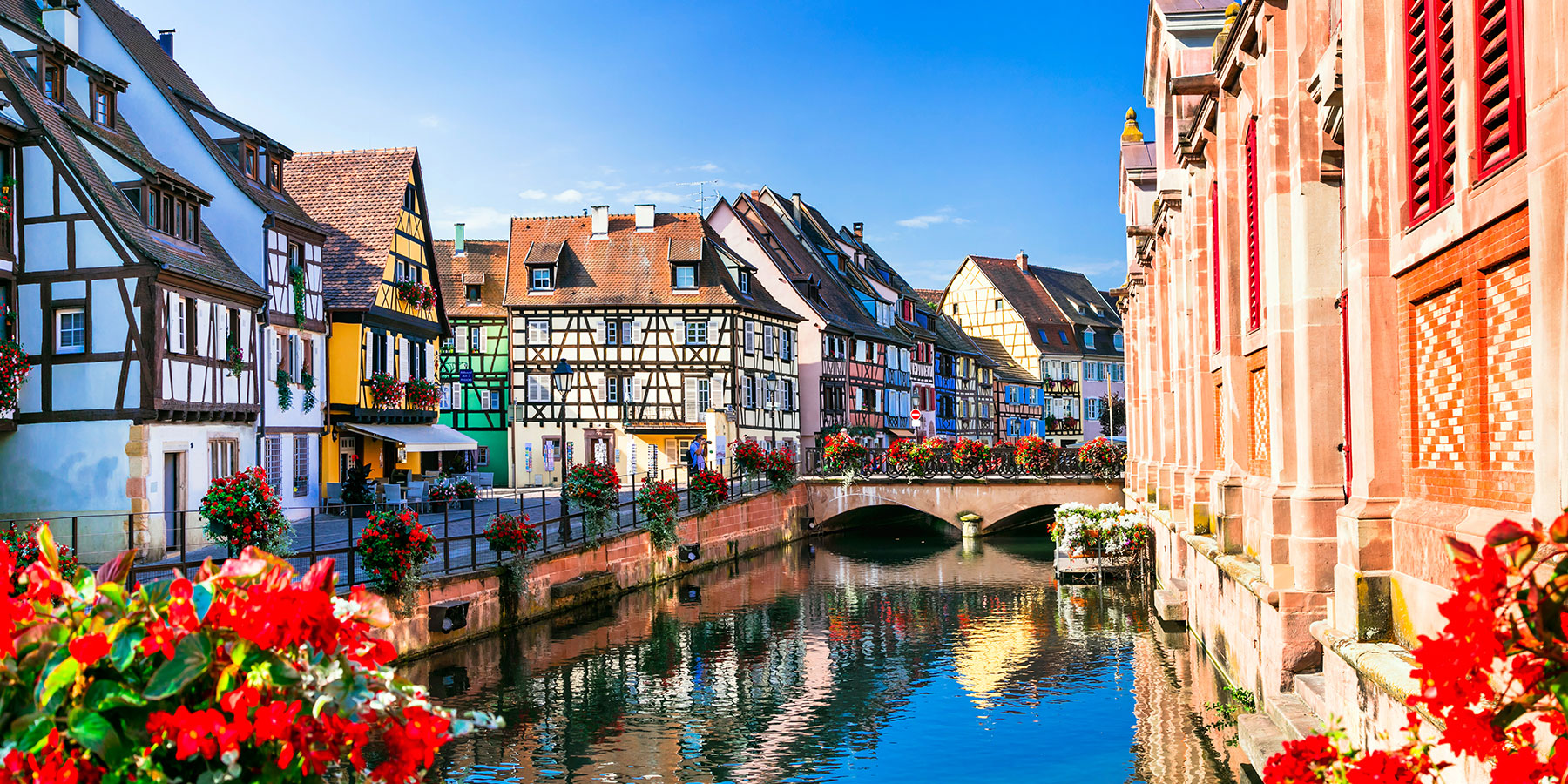
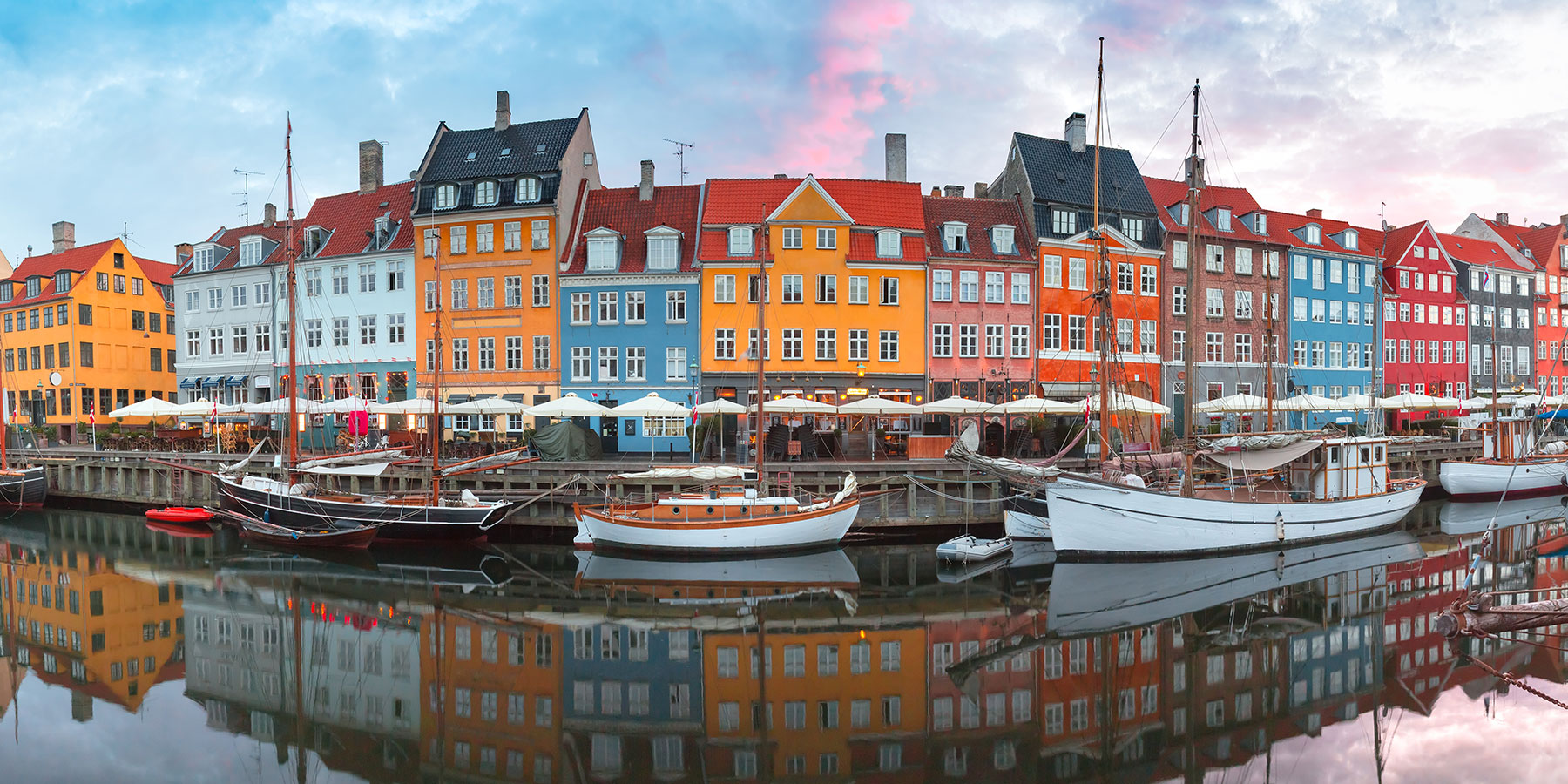


Comments